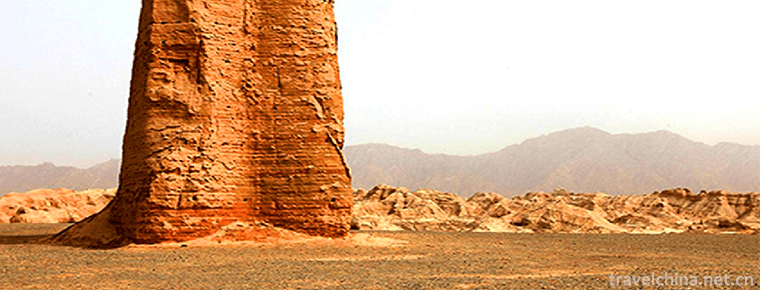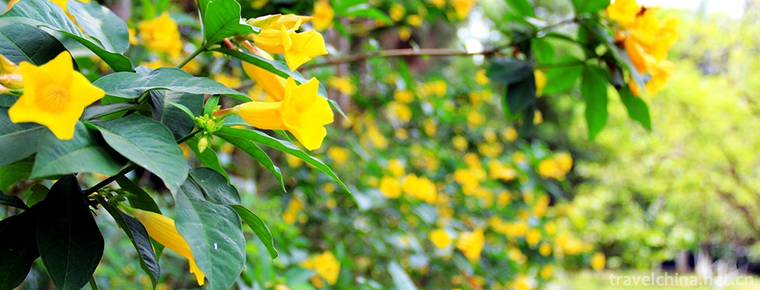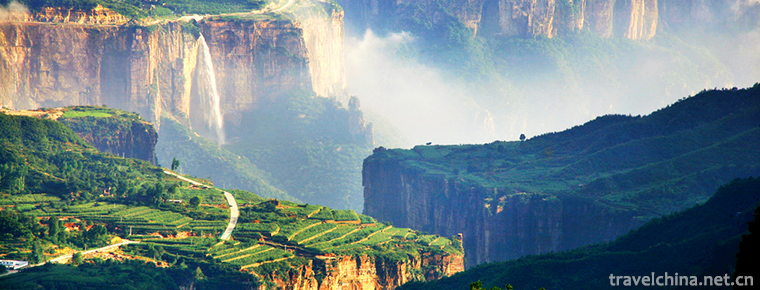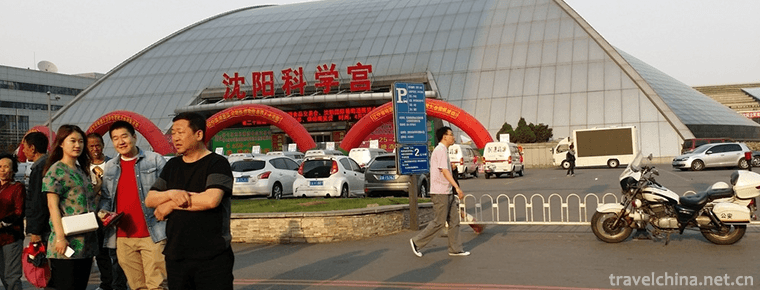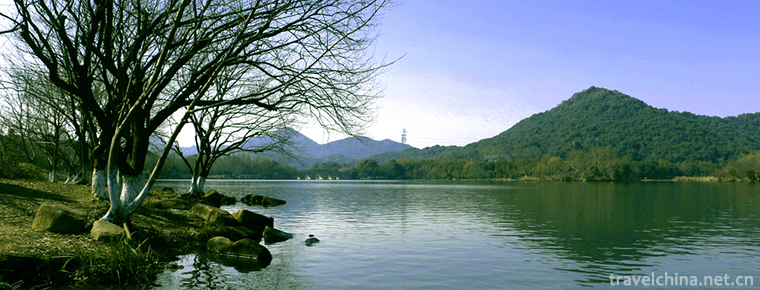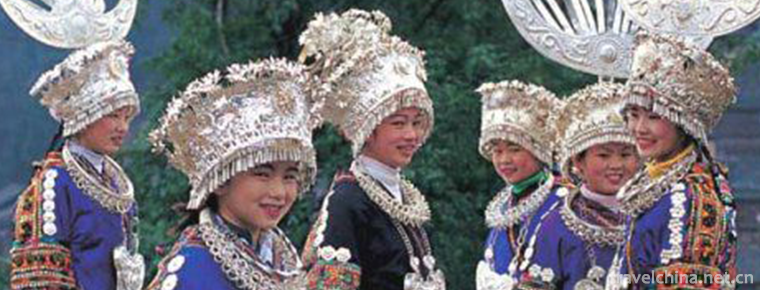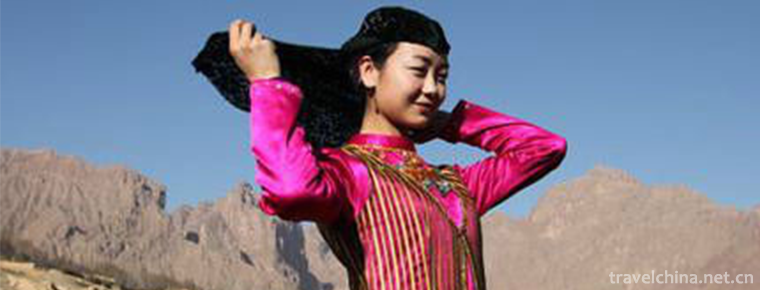Sharipol wrestling
Sharipol wrestling
Shaliboer style wrestling is a national traditional sports event originally created and retained by the Weilat Mongolian people. It is one of the main sports events in the Uznada Mu Grand Event in Alashan. The word "Shaliboer" derives from the Mongolian words "Shalaba" (rapid meaning) and "Shalamagai" (agile), and has evolved into "Shaliboer" after a long period of phonetic translation. The action of cutting shovel, knee folding and grasping collar in Shalibol wrestling is named after the action of camel fighting. Shaliboer-style wrestling alliances, Sumu towns and parts of Mongolian settlements in Xinjiang, Qinghai and Gansu are popular.
On June 7, 2008, Shaliboer wrestling was listed in the second batch of national intangible cultural heritage list with the approval of the State Council.
Brief Introduction to Wrestling
In June 2008, it was selected as the second batch of national intangible cultural heritage list approved by the Ministry of Culture by the State Council.
Declaration: Alashan Left Banner of Inner Mongolia Autonomous Region
In Alashan, western Inner Mongolia, there is also a Mongolian Wrestling - "Shaliboer". You can see the picture of the Mongolian Shaliboer.
Shaliboer wrestling is a traditional national sport originated and retained by Alashan Heshuote Mongolian people, and it is also one of the main sports events in Alashan's ancient "Uzbekistan" Festival and modern Nadam congress.
After a long period of phonetic translation, it has evolved into the word "Sarabauer". The action of cutting shovel, knee folding and grasping collar in Shalibol wrestling is named after the action characteristics of camels fighting against each other. The number of participants in Sharipol wrestling must be a multiplier of 2, regardless of body weight level, and a wrestling will be the winner or loser. In the competition, barefoot wearing triangle shorts head-on from the two corners of the court, grabbing each other's shorts and then starting to attack.
Shaliboer wrestling skills include: forward attack, fierce back, sneak attack, backward push, left pull and right twist, inside and outside foot grabbing, rotating pressure, up pressure, air spin, singles, shoulder loosening, hard resistance, up and down buckle, etc. Athletes need to have strong physique, endurance, wisdom and skills.
The Origin of Wrestling
Shalibol wrestling is a traditional national sport originated and retained by the Mongolian people of Alashan and Shuote. It is also one of the main events in the ancient "Uzbekistan" Festival and the modern Nadam festival in Alashan. The word "Shaliboer" derives from the Mongolian words "Shalaba" (rapid meaning) and "Shalamagai" (agile), and has evolved into "Shaliboer" after a long period of phonetic translation. The action of cutting shovel, knee folding and grasping collar in Shalibol wrestling is named after the action of camel fighting.
Shaliboer wrestling has many skills regardless of body weight. Athletes need to have strong physique, endurance, wisdom and skills. Sharipol wrestling is not restricted by sex, age, venue, time and clothing. The champion who wins the Uzhis event can receive nine prizes such as sheep and the title of "sacred wrestler".
Wrestling Inheritance
Shaliboer wrestling is a popular activity, which has been passed down among the local Mongolian people for more than 300 years. For various reasons, this traditional project has faced the situation of losing its heritage. Since May 2004, Alashan Left Banner has organized manpower to go deep into all parts of the banner and to Qinghai, Xinjiang and other places to excavate and organize this traditional form of sports activities, formulate rules and clothing, train 56 referees and 56 coaches from all parts of the region, and carry out the national "Shaliboer Cup" Boke Competition. At the beginning of this year, the People's Committee of Inner Mongolia Autonomous Region and the Sports Bureau decided to list the Shaliboer wrestling as a competition item of the regional people's games.
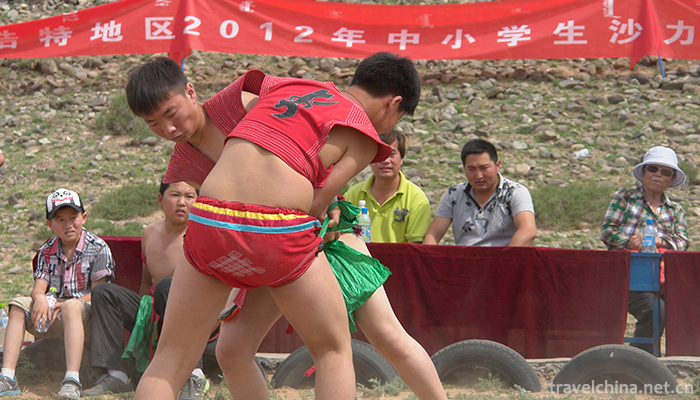

Sharipol wrestling
-
Kizil Gaha Peak Sui
Located on the east side of Saltwater Valley in the northwest of Kuqa County Town, Kizil Mahabi is a towering ancient military building with the meaning of "old red mouth" or "red sentr
Views: 153 Time 2018-12-23 -
Guangxi Medicinal Herb Garden
Guangxi Medicinal Botanical Garden is located in Xiangzhu Avenue, Nanning City, Guangxi Zhuang Autonomous Region. It was founded in 1959 and covers an area of 202 hectares
Views: 133 Time 2019-01-13 -
Linzhou Taihang Grand Canyon Scenic Area
Taihang Grand Canyon Scenic Area is located in Linzhou City, northwest of Henan Province, on the eastern foot of the southern Taihang Mountains. It is 100 miles long in the north and south
Views: 322 Time 2019-01-30 -
Qinghai Tibet Plateau Wildlife Park
Xining Wildlife Park, also known as the Qinghai-Tibet Plateau Wildlife Park, is the only large-scale comprehensive wildlife park in the Qinghai-Tibet Plateau with the highest elevation
Views: 202 Time 2019-02-07 -
Shenyang Science Centrum
Shenyang Science Palace is located in Wulihe Central Business District, Shenyang District, Liaoning Province. It is a large-scale modern popular science education base in Shenyang District. It was bui
Views: 240 Time 2019-02-08 -
Xianghu Lake
Xianghu Lake is known as the "sister lake" of the West Lake for its beautiful scenery. It is a lake located in Xiaoshan District, Hangzhou City, Zhejiang Province, China. Xianghu Lake is als
Views: 194 Time 2019-02-25 -
Legend of Yellow Crane Tower
The legend of the Yellow Crane Tower has a long history, and has been accompanied by the repeated destruction and construction of the Yellow Crane Tower
Views: 148 Time 2019-05-04 -
The Miao costumes
Miao is an international ethnic group originating from China. In the 2010 census, Miao is mainly distributed in Guizhou, Hunan, Yunnan, Chongqing, Hubei, Sichuan, Hainan, Guangxi and other provinces (
Views: 165 Time 2019-06-05 -
Salar Costume
The traditional dresses of the Salar nationality are bright and bright in color and full of national characteristics. Salar costumes have two characteristics, namely (1) Islamic color of costumes; (2)
Views: 139 Time 2019-06-11 -
Ding Zhen becomes popular and half moon looks haggard
Ding Zhen became popular half moon, haggard face, eyes full of bloodshot, confessed that he liked riding and herding cattle most
Views: 115 Time 2020-12-07 -
Neijiang geographical environment
Neijiang City is mainly hilly, surrounded by low mountains in the southeast and southwest. About 90% of the hills are between 350 and 450 meters above sea level. The geological structure is a part of the Neocathaysian subsidence zone with small fold fault scale
Views: 116 Time 2020-12-16 -
Neijiang cultural undertakings
By the end of 2019, there are 121 performing arts venues in Neijiang City, including 6 cultural venues. There are 5 museums, 5 cultural relics protection and management institutions, 7 national key cultural relics protection units, 42 provincial cultural relics
Views: 300 Time 2020-12-16
